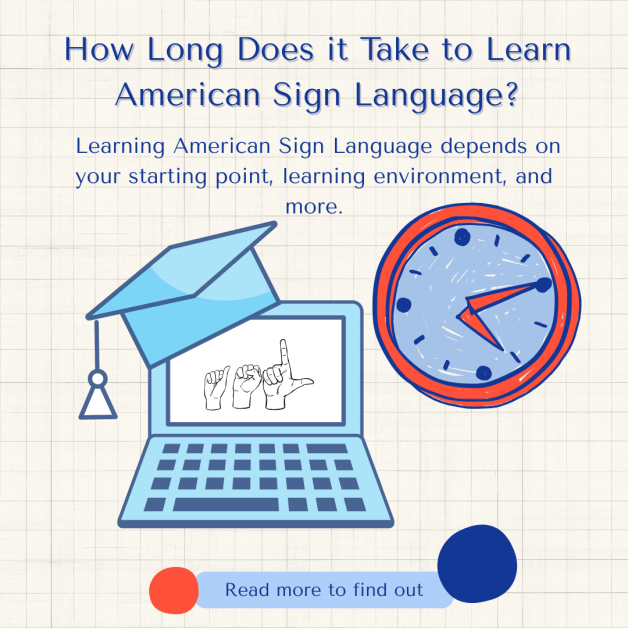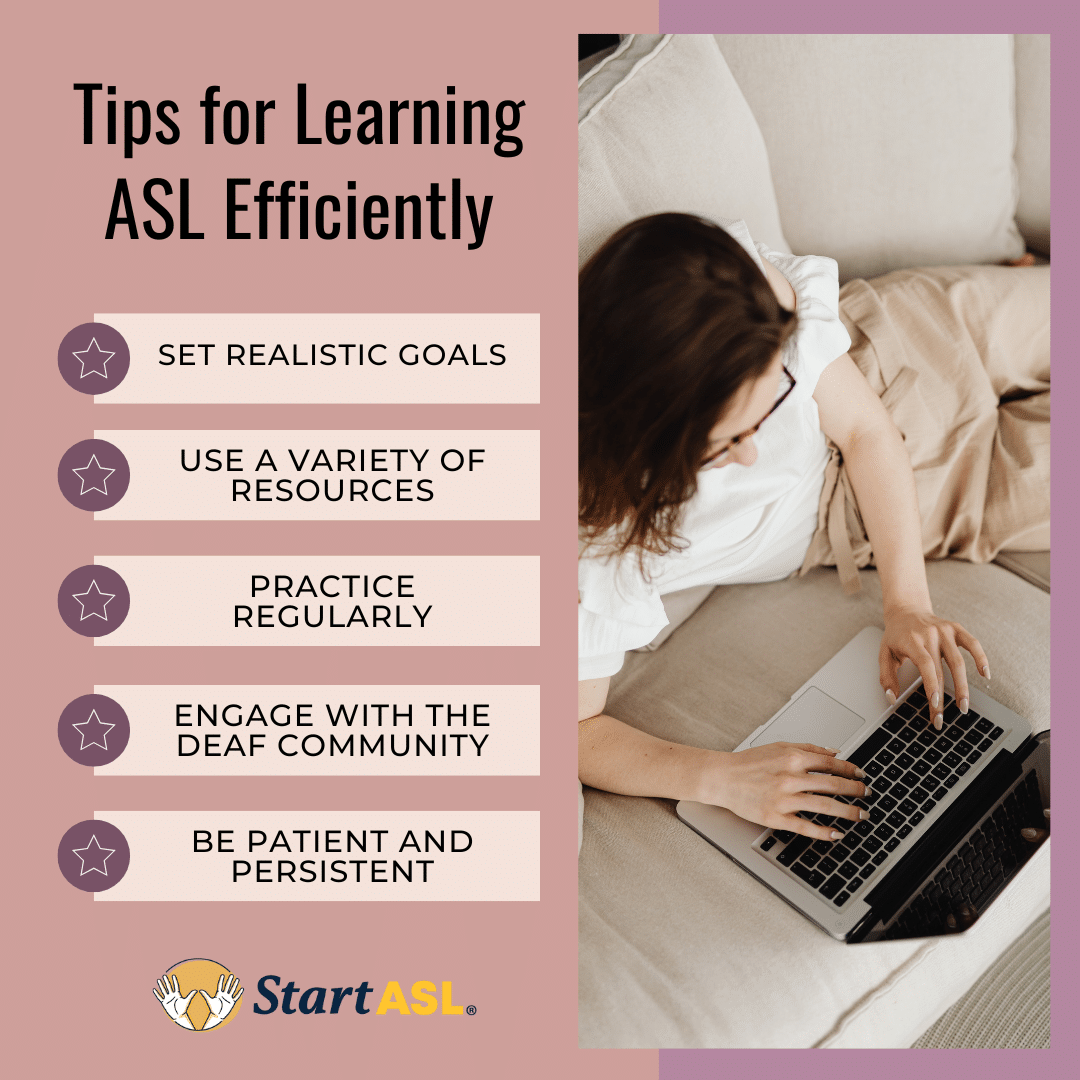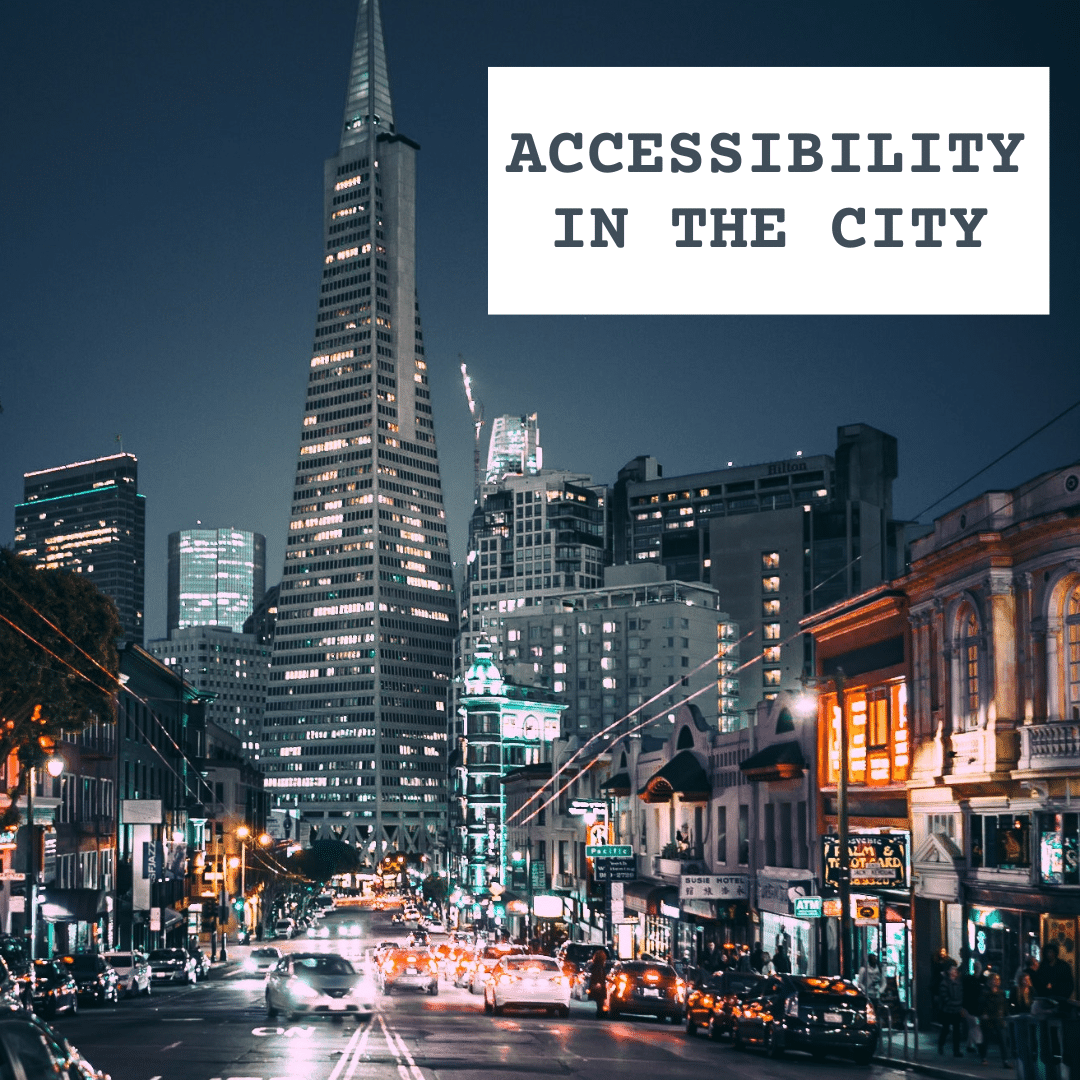
How Long Does it Take to Learn American Sign Language?
- by Dennis Valansi

Before diving into the time it takes to learn ASL, it’s important to understand what ASL is. American Sign Language is a complete, natural language that uses hand gestures, facial expressions, and body language to communicate. It’s the primary language of the Deaf community in the United States and parts of Canada. How long it takes for you to learn American Sign Language depends on your starting point, learning environment, and more.
Factors Affecting Learning Time
Your Starting Point
If you already have experience with other sign languages or have interacted with the Deaf community, you might find it easier to pick up ASL. Familiarity with the basic concept of visual language and the culture surrounding it can give you a head start. On the other hand, if you are entirely new to sign languages, it might take you a bit longer to become proficient. It’s important to recognize that everyone starts from a different place, and your unique background will influence your learning process.
Even if you have no prior experience, your motivation and commitment can significantly impact your progress. Those who have a strong personal reason for learning, such as having Deaf family members, often find themselves more engaged and willing to dedicate time to practice.
Learning Environment
Taking formal sign language classes can significantly impact how quickly you learn ASL. Classes provide structured learning, feedback from instructors, and practice opportunities with other learners. Our online course offers ASL courses that can fit into your schedule. We also offer feedback from our ASL instructor on assignments and online events to practice ASL. In a classroom setting, you benefit from a curriculum designed to build your skills progressively, along with the accountability that comes from attending regular sessions.
Learning American Sign Language by yourself is another option, but it might require more discipline and motivation. Self-directed learners often appreciate the flexibility and convenience of choosing when and how they study, though they should be mindful of seeking out opportunities for interaction and feedback.
Frequency of Practice
The more you practice, the faster you’ll learn. Regular practice helps reinforce what you’ve learned and improves muscle memory for hand movements. Consistent practice, even if it’s just 10-15 minutes a day, can make a big difference in your learning speed. This regularity ensures that the signs and grammatical structures become second nature to you.
Integrating ASL into your daily life as much as possible, such as signing while listening to music or narrating your actions in sign language, can accelerate your learning. This immersive approach ensures that ASL becomes a natural part of your communication toolkit, rather than something you have to consciously switch into.
Immersion and Interaction
Interacting with native ASL users and immersing yourself in the Deaf community can accelerate your learning. This exposure allows you to see how ASL is used in real-life situations and helps you pick up nuances that are hard to learn from a textbook or video. By engaging with native signers, you can observe the subtleties of facial expressions and body language that are integral to ASL.
Participating in Deaf community events or volunteering with organizations can provide valuable real-world practice. These experiences not only help you practice your language skills but also give you a deeper understanding of the culture and issues important to the Deaf community.
Estimated Timeframes for Learning ASL
Beginner Level
For most learners, reaching a basic conversational level in ASL can take anywhere from three to six months with regular practice and interaction. At this stage, you’ll be able to introduce yourself, ask simple questions, and understand common responses. This foundation allows you to navigate everyday interactions and begin forming connections with ASL users.
During the beginner phase, it’s important to focus on mastering the basics, such as the ASL alphabet, numbers, and essential phrases. Building a solid foundation at this stage will make it easier to expand your vocabulary and grammar skills as you progress.
Intermediate Level
Achieving an intermediate level, where you can hold more complex conversations, understand a wider range of vocabulary, and express more detailed thoughts, typically takes six months to two years. This timeframe assumes consistent practice and engagement with the language. At this level, you’ll start to feel more comfortable in conversations and can participate in more in-depth discussions.
Intermediate learners often explore more specialized vocabulary and begin to understand cultural references and idiomatic expressions. This stage is about expanding your ability to express and comprehend more complex ideas, moving beyond survival communication to more meaningful interactions.
Advanced Level
Reaching an advanced level of fluency in ASL can take several years. At this level, you should be comfortable with nuanced conversations, understand ASL literature and storytelling, and engage deeply with the Deaf community. Advanced learners often continue to refine their skills throughout their lives. Mastery of ASL involves ongoing learning and cultural immersion, as language is constantly evolving.
Advanced proficiency allows you to participate fully in the Deaf community, including attending performances, lectures, and other events that require a high level of language understanding. This depth of fluency opens doors to professional opportunities and deeper personal relationships within the community.

Tips for Learning ASL Efficiently
Set Realistic Goals
Break down your learning into manageable goals. Focus on learning the alphabet, common phrases, or a specific set of vocabulary each week. This approach prevents burnout and keeps you motivated. Setting achievable milestones helps you track your progress and celebrate each success, reinforcing your commitment to learning.
Create a timeline for your goals that aligns with your lifestyle and other commitments. By setting a realistic pace, you’ll maintain a balance between learning and other responsibilities, reducing the likelihood of feeling overwhelmed.
Use a Variety of Resources
Combine different learning tools such as textbooks, online courses, and ASL dictionaries. Each resource offers a unique perspective and reinforces your learning in different ways. Diversifying your resources can keep learning engaging and prevent monotony, which is crucial for maintaining interest.
Consider using resources that incorporate cultural insights and context, as understanding the cultural background of ASL enhances your learning. By exploring various mediums, you can address different learning styles and preferences, enhancing your overall understanding and retention.
Practice Regularly
Consistency is key. Make ASL a part of your daily routine, whether by practicing signs in front of a mirror, signing along with videos, or attending Deaf events. Regular practice not only improves your language skills but also builds confidence in your ability to communicate effectively.
Incorporate ASL into your daily life by labeling items around your home with their ASL signs or practicing fingerspelling during downtime. These small, consistent efforts help reinforce your learning and make ASL a natural part of your communication repertoire.
Engage with the Deaf Community
Participate in Deaf events, join ASL clubs, or volunteer with organizations that serve the Deaf community. These experiences provide invaluable practice and cultural insights that enhance your understanding of ASL. Engaging with the community not only improves your language skills but also fosters relationships and a sense of belonging.
Being actively involved in the Deaf community allows you to learn directly from native signers and gain firsthand experience with the cultural aspects of ASL. This immersion is crucial for developing authentic communication skills and a deeper appreciation for the language.
Be Patient and Persistent
Learning a new language is challenging, and progress might seem slow at times. Be patient with yourself and celebrate small victories along the way. Remember that every learner’s journey is unique, and persistence is essential for overcoming obstacles and achieving fluency.
Recognize that setbacks and plateaus are natural parts of the learning process. By maintaining a positive attitude and focusing on your progress rather than perfection, you’ll stay motivated and enjoy the journey of learning ASL.
How long does it take to learn American Sign Language?
Learning American Sign Language is a rewarding endeavor that opens the door to a rich culture and community. While the time it takes to learn ASL varies for each individual, dedication and regular practice can lead to proficiency. Whether you choose to take sign language classes or embark on learning American Sign Language by yourself, remember that the journey is just as important as the destination. Embrace the learning process, and you’ll find that your efforts pay off in meaningful ways.
As you progress in your ASL journey, you’ll not only gain a valuable skill but also a deeper connection to the Deaf community and its rich cultural heritage. The relationships and insights gained through learning ASL will enrich your life and broaden your understanding of communication and diversity. Your commitment to learning ASL is a step towards fostering inclusivity and bridging cultural divides, making a positive impact on both your life and the lives of others.
Start Learning ASL Today!
 Ready to start learning real American Sign Language and not just basic signs? Do you want to be a part of the vibrant Deaf community? Check out our Free ASL 1 Course or our Complete 4-Level ASL Course options and start learning ASL today!
Ready to start learning real American Sign Language and not just basic signs? Do you want to be a part of the vibrant Deaf community? Check out our Free ASL 1 Course or our Complete 4-Level ASL Course options and start learning ASL today!








